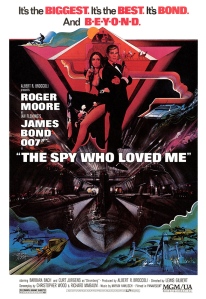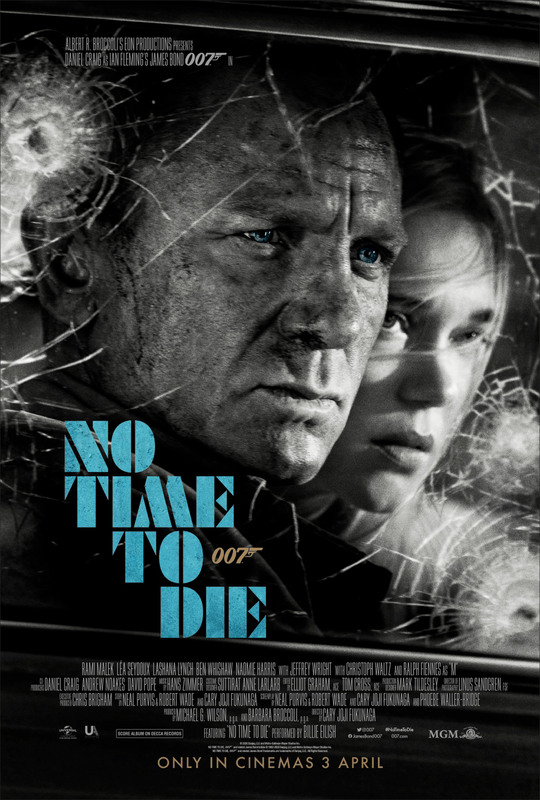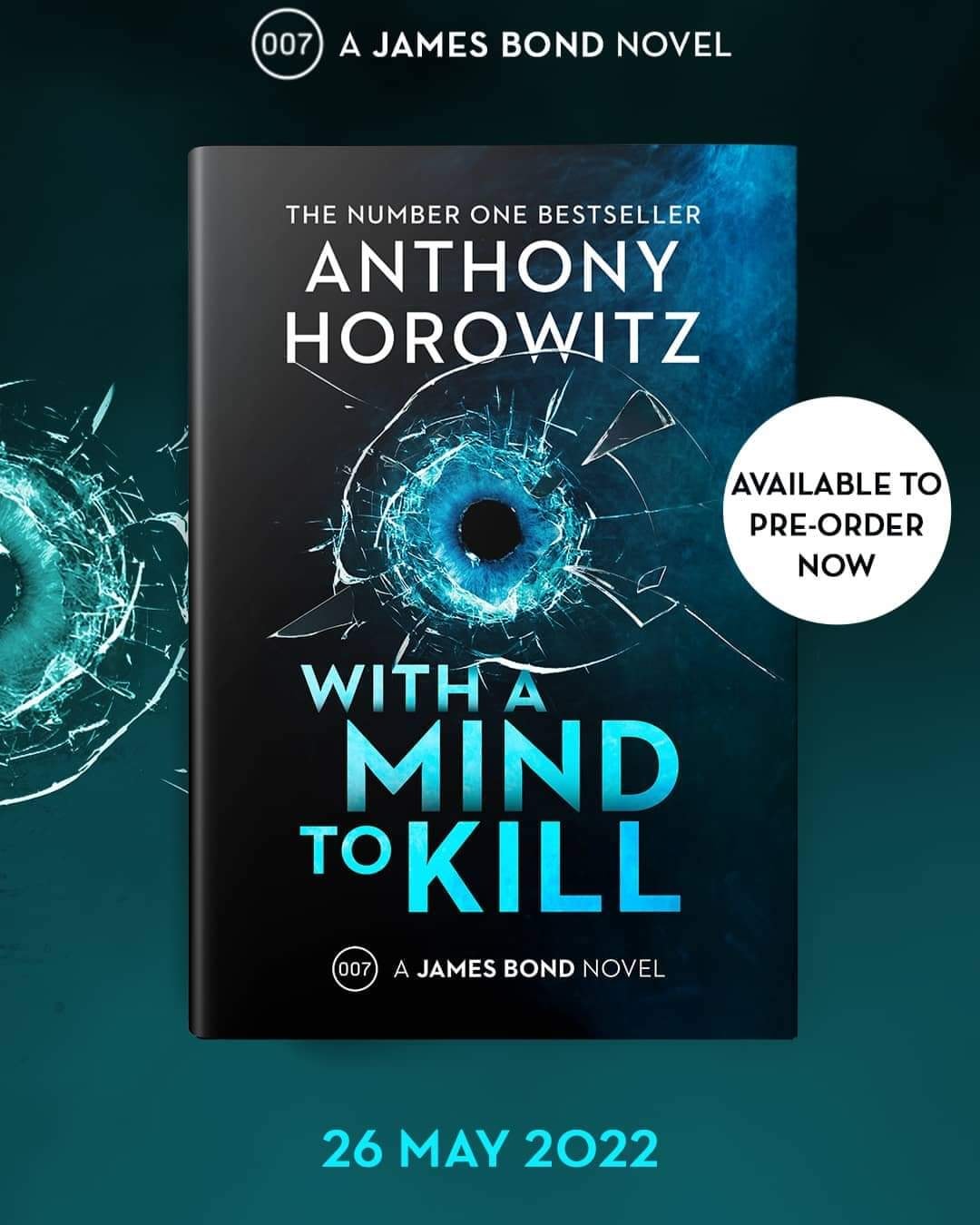Adapted from a 2017 post.
The Spy Who Loved Me, which debuted 45 years ago, showed the cinema 007 was more than capable of rolling with the punches.
Global box office for the previous series entry, The Man With the Golden Gun, plunged almost 40 percent from Live And Let Die, the debut for star Roger Moore. For a time, things got worse from there.
The partnership between 007 producers Albert R. Broccoli and Harry Saltzman, unsteady for years, ruptured. Eventually, Saltzman was bought out by United Artists, leaving Broccoli in command. But that was hardly the end of difficulties.
Kevin McClory re-entered the picture. He had agreed not to make a Bond movie with his Thunderball rights for a decade. That period expired and McClory wanted to get back into the Bond market. Eventually, court fights permitted Broccoli’s effort for the 10th James Bond movie to proceed while McClory couldn’t mount a competing effort.
But that still wasn’t the end of it. Numerous writers (among them, Anthony Burgess; Cary Bates, then a writer for Superman comic books; future Animal House director John Landis; and Stirling Silliphant) tried their hand at crafting a new 007 tale.
Finally, a script credited to Christopher Wood and Richard Maibaum, with uncredited rewriting by Tom Mankiewicz, emerged.
Guy Hamilton originally was signed to direct his fifth Bond movie but left the project. That paved the way for the return of Lewis Gilbert, who helmed You Only Live Twice a decade earlier. It was Gilbert who brought Christopher Wood to work on the script.
The final film would resemble Twice. Spy had a tanker that swallowed up submarines where Twice had an “intruder missile” that swallowed up U.S. and Soviet spacecraft.
With Saltzman gone, Cubby made his stepson, Michael G. Wilson, a key player in the production. Wilson was already on the Eon Productions payroll and was involved in the negotiations that saw Saltzman’s departure.
For Spy, Wilson’s official credit was “special assistant to producer” and it was in small type in the main titles. However, that downplayed Wilson’s role. An early version of Spy’s movie poster listed Wilson, but not production designer Ken Adam, whose name had been included in the posters for Twice and Diamonds Are Forever.
UA, now in possession of Saltzman’s former stake in the franchise, doubled down, almost doubling the $7 million budget of Golden Gun.
In the end, it all worked. Bond shrugged off all the blows.
Spy generated $185.4 million in worldwide box office in the summer of 1977, the highest-grossing 007 film up to that point. (Although its $46.8 million in U.S. ticket sales still trailed Thunderball’s $63.6 million.)
Roger Moore, making his third Bond movie, would later (in Inside The Spy Who Loved Me documentary) call Spy his favorite 007 film.
The movie also received three Oscar nominations: for sets (designed by Adam, aided by art director Peter Lamont), its score (Marvin Hamlisch) and its title song, “Nobody Does It Better” (by Hamilsch and Carole Bayer Sager). None, however, won.
Filed under: James Bond Films | Tagged: Albert R. Broccoli, Christopher Wood, Harry Saltzman, Ken Adam, Kevin McClory, Lewis Gilbert, Marvin Hamlisch, Michael G. Wilson, Peter Lamont, Richard Maibaum, Roger Moore, The Spy Who Loved Me, Tom Mankiewicz, United Artists | 1 Comment »








